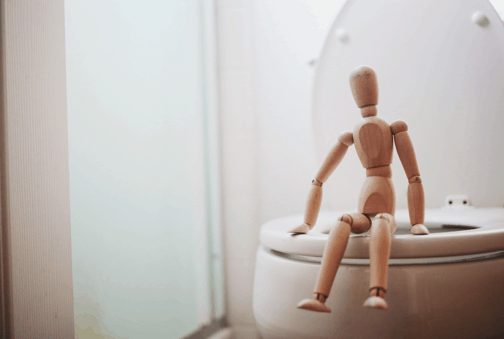Exercise in the Postpartum Period

Whether you had a C-section or a natural birth, there has been increasing societal pressure to lose the baby weight weeks after delivery in the western world. Traditionally many women rest for the first 3-5 weeks with copious support from family and friends. In some cultures this is still practiced in places such as southeast Asia, Africa, the Middle East and South America. Some cultures practice abdominal wrapping or encourage special diets eating more protein or using spices like turmeric or pepper.
The Western World is a whole other ball game. Social media shows women back in their pre pregnancy skinny jeans and crop tops within weeks of delivering a baby, sometimes only a week or two later. These unrealistic expectations are flaunted online.
The Reality?
It takes about a year to make a baby. It takes a minimum of a year for a woman’s body to recover. Hips widen during pregnancy to accommodate for the growing fetus and delivery. It can take 2 years for them to return to their pre pregnancy width.
When Can I Start To Exercise?
Exercise in the postpartum period is recommended by the American College of Obstetricians and Gynecologists (ACOG). Start slow though and only when you feel ready. Labor and delivery isn’t a walk in the park. Sometimes even that can be too much for a new mother to do.
How much exercise is Recommended?
ACOG recommend 20-30 mins a day of activity. This includes walking. Strengthening exercises for the entire body is also recommended. On some days its a bonus if a new mother showers never mind a 30 min exercise routine.
Strengthening exercises are also recommended for the entire body including the abdomen, back and pelvic floor. Finding your pelvic floor can be tricky and a pelvic health physical therapist is a great resource to relearn this skill as well as many others.
The Role Of a Pelvic PT
A pelvic health physical therapy specialist can also examine the abdomen and rule out recti diastasis, a separation of the rectus abdominis muscles, which can occur with pregnancy. An evaluation from a pelvic health physical therapist is strongly recommended by the American Physical Therapy Association for many reasons. There are many conditions in the postpartum period that can be resolved with pelvic health physical therapy including incontinence, scar adhesions, pain with intercourse, pelvic pain, balance dysfunction. For women who had a c-section working on scar mobilization is crucial as it can lead to adhesions, scar sensitization and bladder pain up to 2 years later. It can’t go without saying that getting the all clear at the postpartum check up with the OBGYN first is crucial before starting physical therapy, especially after a C-section delivery.
Written by: Keely Faridi, PT
References:
1. “Traditional postpartum practices and rituals: a qualitative systematic review” (2007), by Cindy-Lee Dennis, Kenneth Fung, Sophie Grigoriadis, Gail Erlick Robinson, Sarah Romans and Lori Ross. The Embryo Project Encyclopedia By Cecilia Chou. Accessed 4/20/19.
2. Exercise After Pregnancy. American College of Obstetricians and Gynecologists.
https://www.acog.org/Patients/FAQs/Exercise-After-Pregnancy?IsMobileSet=false
3. What to Expect When They’re Expecting. Michele Wojciechowski. PT in Motion Dec 2017-Jan 2018.
https://www.apta.org/uploadedFiles/APTAorg/News_and_Publications/PT_in_Motion/2017/12/PTiMDecJan.pdf







